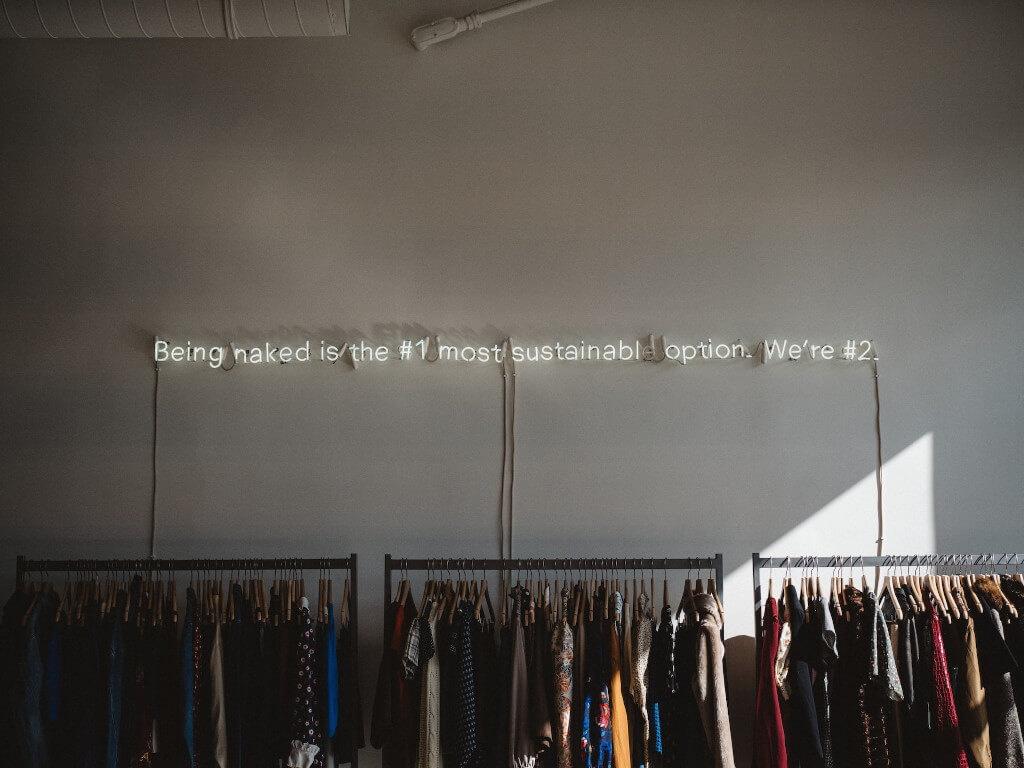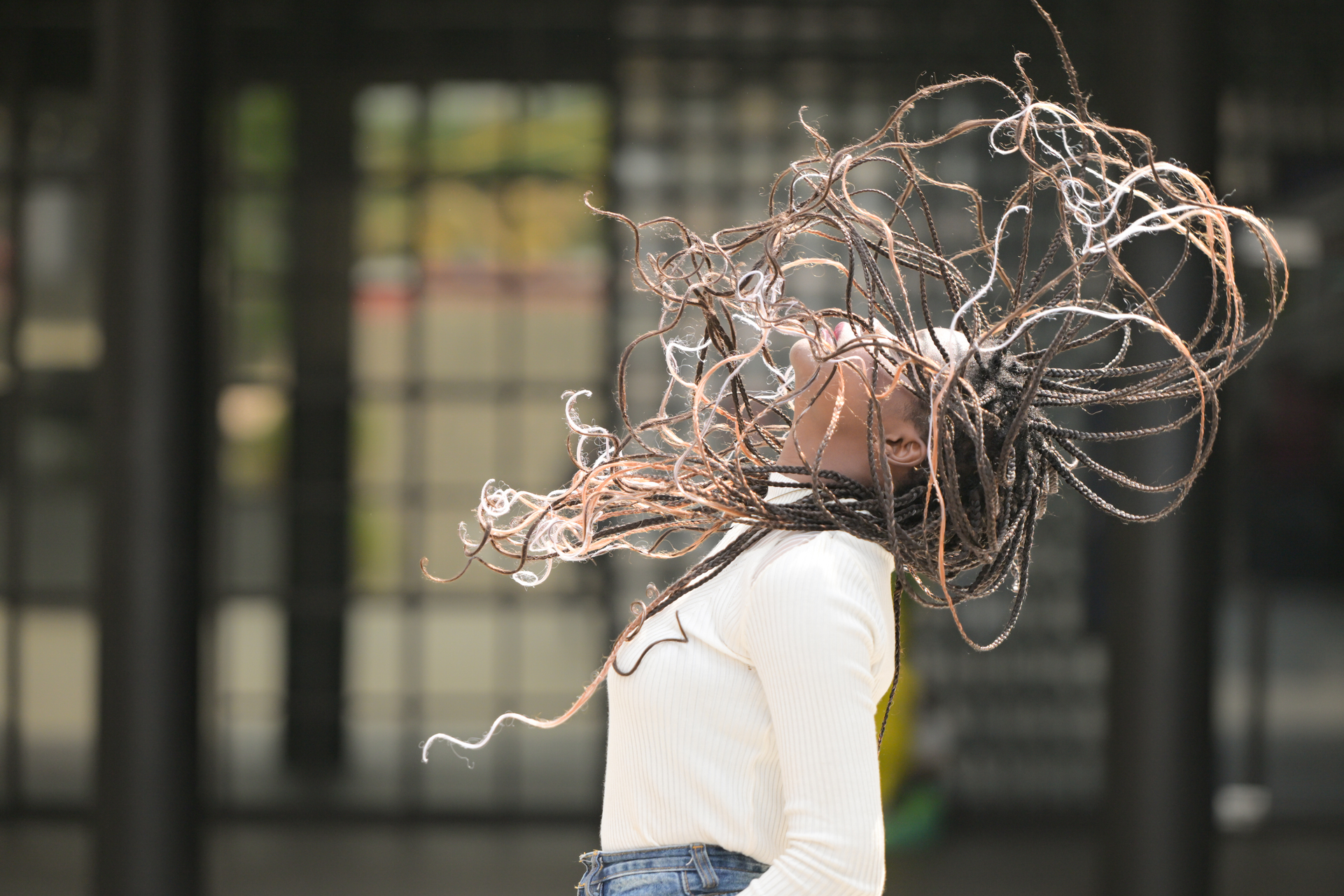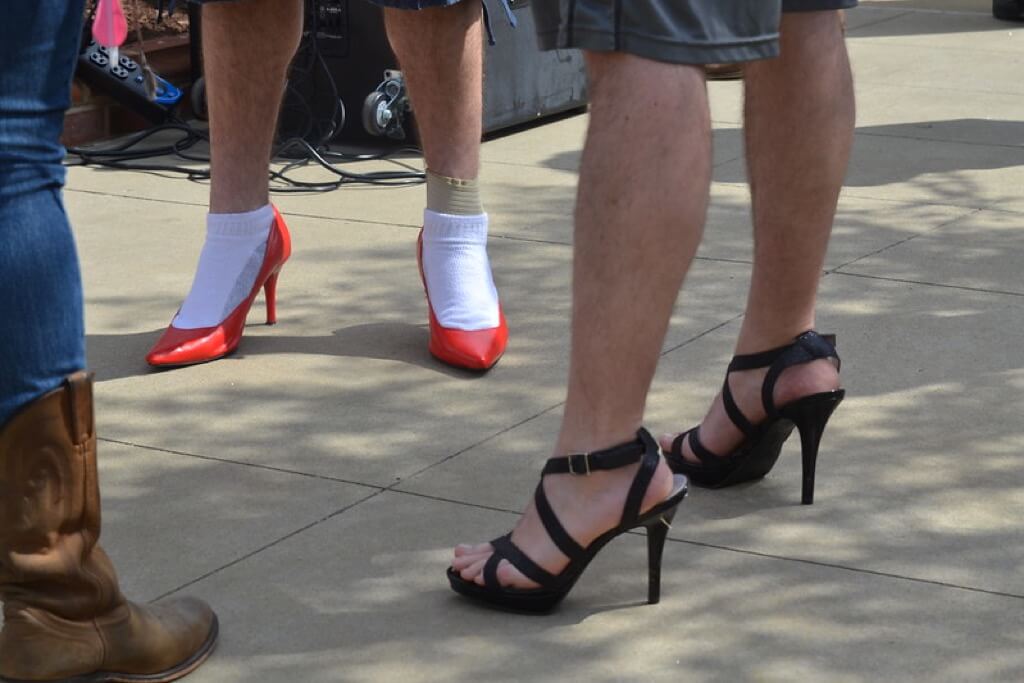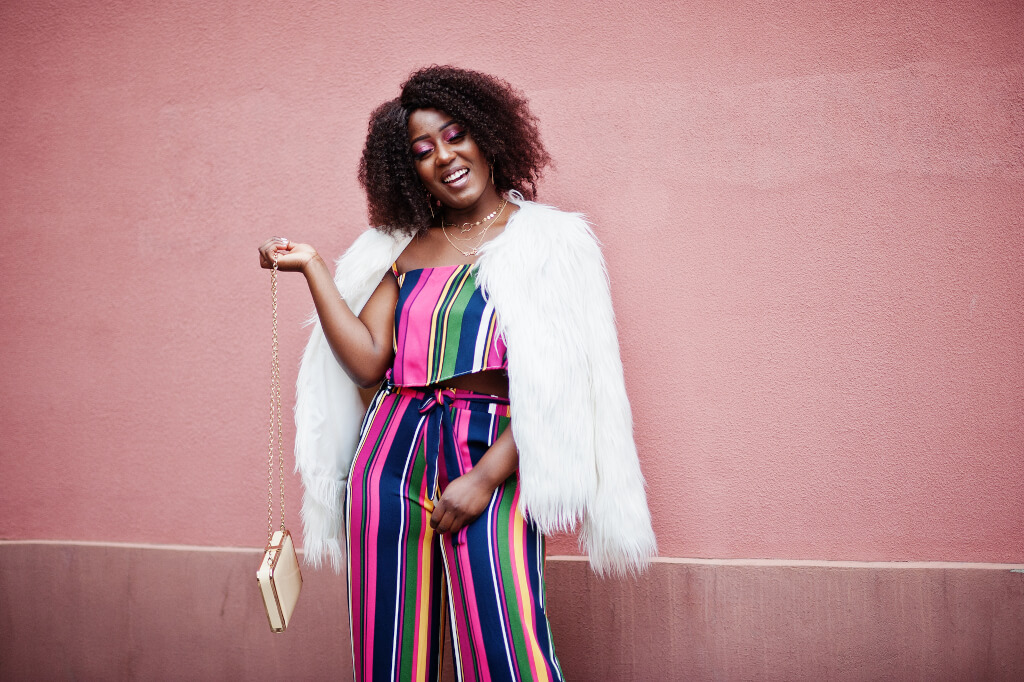Both as customers and as professionals in the field, we have, throughout the past few years, observed how the universe of fashion design has developed as a direct result of the power and impact of 2 significant trends that have had an effect on the industry all over the world.
Fast fashion, on the one hand, has shifted the rules of the game by introducing a daily dosage of the fantasy world factor into the mainstream market and by enticing clients to buy clothing at a price level that has never been seen before. The trend of fast fashion has swept the globe, and as a result, not only has it altered the behavior of customers, but it has also altered the way fashion is designed.
As a consequence of an entirely supply-chain-oriented strategy to creativity, the involvement of the designer has shifted. This has resulted in the elimination of innovation and a “rebellious spirit” from the equation of fashion. In this blog, we go into greater detail about the role that the designer plays in the world of fast fashion.
Furthermore, from the perspective of the environment, the massive overabundance of product lines and an increase in manufacturing have further intensified the sustainability challenges in the fashion industry, which is the second most contaminating industry after the fossil fuels sector, and have generated the facilities for a new generation of environmental design.
Sustainability in the Fashion Industry
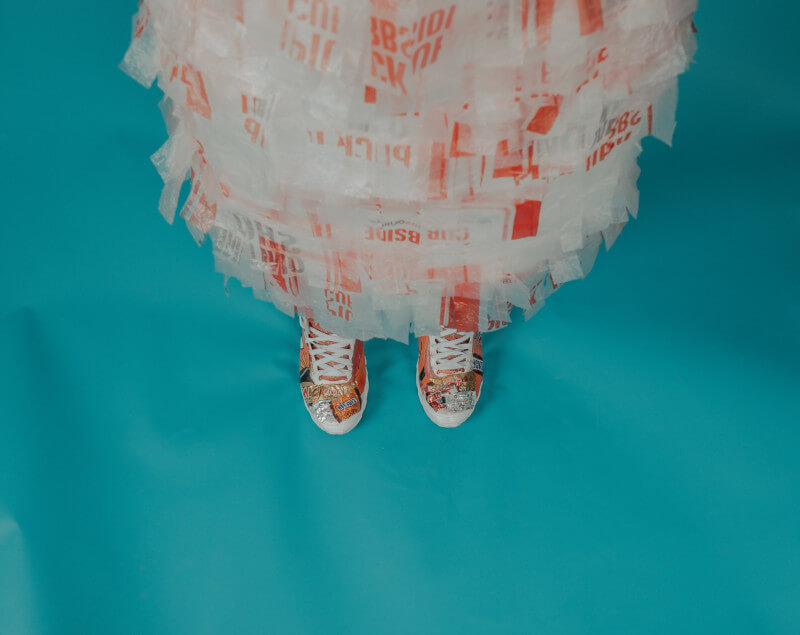
For many brands that are concentrating their customer acquisition efforts on people in the younger age groups, sustainability has begun to transform from merely being a promotional claim into a business necessity. Both Millennials and members of Generation Z have grown up in a world in which the environmental cost of clothing must be taken into account when determining the retail price. As a consequence of this, a great number of independent brands have begun to place a significant emphasis on the various methods by which clothing sustainability can be integrated into the design of a garment. They do this by charging designers with a new role that is significantly more difficult. Within this post, we go into further detail about this topic.
In this blog, we are going to examine how these two competing but interlocking inclinations have spawned emerging styles in clothing design. These new trends require designers to take into consideration a broad range of variables relating to fashion as both a type of artistic expression and a business venture.
An Explanation of What a Fashion Product Is
What characteristics truly distinguish a product as being part of the fashion industry and set it apart from other categories of goods?
A Quick Cycle of Renewal, as well as Seasonality
This seasonality is further ramped up as a result of fast fashion’s rapid shelf turnover, which places items in phases of six weeks rather than the more conventional six months. Fast-fashion stores are therefore industry followers contrasted to market leaders because the only way they can produce such a broad selection of pieces is by looking at what their contenders are producing; however, they do not develop a distinct fashion identity for themselves.
A limitation on the available budget for the production is that all products have to be tailored to the particular fashion subsegment to which they belong. In this post, we provide a more in-depth analysis of the various sub-industries that comprise the fashion industry. Only the haute couture sub-segment of the industry is free from restrictions, which makes sense when one considers that this sub-segment can be contrasted to Formula One in the automotive sector.
The Creative Element
When it relates to defining the “creative element” of a fashion product, we observe that a lot of different terminologies have the potential to be confused with one another or even overlap in their respective meanings. We frequently fail to recognize the differences that exist among a brand, a style, a line, a product, and a collection.
This particular aspect of style, which comes later, is open to further discussion. When it comes to the creative potential of humans, the possibilities are virtually limitless; therefore, designers need to devise strategies for imposing certain constraints to produce a stylistic code that is impactful and can be easily recalled. Because style is a component of this “look code,” we can distinguish between four primary styles or typologies:
- Classical
- Contemporary
- Modern
- Avant-garde
What if a Fashion House Produces Multiple Collections That Are Connected to Different Styles?
In this scenario, we can see that a fashion label may choose to select a certain amount of brand signifiers that make an item discernible based on the product’s categorization, its materials, the brand’s logo or initials, or the patterns that are used in the design. Maintaining a distinct fashion identity, on the other hand, is becoming increasingly difficult, particularly for emerging fashion brands. This is a fact that cannot be denied. As we will go over in the paragraph that follows, meeting this challenge requires developing a design strategy that is more inventive than others that have come before it.
Figuring Out What Exactly Constitutes Fashion Innovation

The idea of innovation is not only fascinating but also difficult. It is possible to approach it from a range of viewpoints, and multiple routes can be taken to bring it to fruition. The following criteria can be used to categorize innovations in the fashion industry:
Activities
Innovation can either take the form of a process or a product. We can choose either one. As a process, innovation refers to the creation of new methods of manufacturing a product that is more effective than previous methods. As a product, innovation refers to new results of the production process.
Degree
We can either engage in gradual innovation, in which we enhance a product that already exists, or we can innovate in a way that makes it better. We may also experience radical innovation, which would consist of an entirely new idea that would change the way customers behave in fundamental ways.
Content
We can create a garment by coming up with new technical improvements, we can change its price point by rendering it more cost-effective, we can give it a fresh appealing appearance, or we can give it a fresh symbolic meaning.
The economic feasibility of these invention typologies, on the other hand, can only be evaluated by the connection that exists between the fashion industry as a creative industry and the fashion industry as a business. Another approach to understanding innovation is to consider it in terms of the dynamic relationship that exists between reaction and action.
A company ought to examine itself to determine whether or not the creative content it produces is an expression of its one-of-a-kind stylistic direction – without any particular intention to interfere with the market. In this scenario, the process of developing a collection is by all accounts very distinctive to the company and has the potential to bring about genuine revolutionary change.
Alternately, to inform its decisions, a brand might take into consideration a wide range of market dynamics and think of design features in terms of the reaction it will receive from consumers. In this scenario, the most likely form of innovation to take place is a gradual one.
What Are Some Current Trends That Require a Response From Fashion Companies?

The Level of Competition is Rising
The advent of the digital age has made it more difficult to start a business, which means that an increasing number of people are in the position of having to compete in the fashion market by developing an alluring web presence.
Adaptability Throughout the Supply Chain
Because of this, businesses that rely on expensive production pipelines are now at a position of disadvantage in comparison to web-based brands, which have the potential to grow more quickly by managing organizations with fewer assets.
Crisis in the Economy
Because customers are now in an austerity mindset as a result of the economic crisis that began in 2008, it is now more difficult to sell product lines that are valued based on a sense of self-satisfaction rather than real features and functions.
Social Networking
The proliferation of the internet has increased both the opportunities and the dangers associated with providing customer service. Because of this, businesses are required to carefully monitor any interaction that takes place with their clients to prevent problems from arising in their public relations.
Retail Expansion
Retail is the “first point of contact” that a company has with its customers; therefore, fashion companies need to find innovative ways to interact with the “last portion of the supply chain” while also bearing in mind that retail is the “last portion of the supply chain.” The correlation between offline and online dispersion is the catalyst for inspiring new, creative, and innovative methods for marketing products to customers.
In conclusion, the trend toward environmentally responsible and sustainable fashion is setting the pace, and we will talk more about it in the following paragraph as we have already mentioned it.
Current Trends in Eco-Friendly Fashion
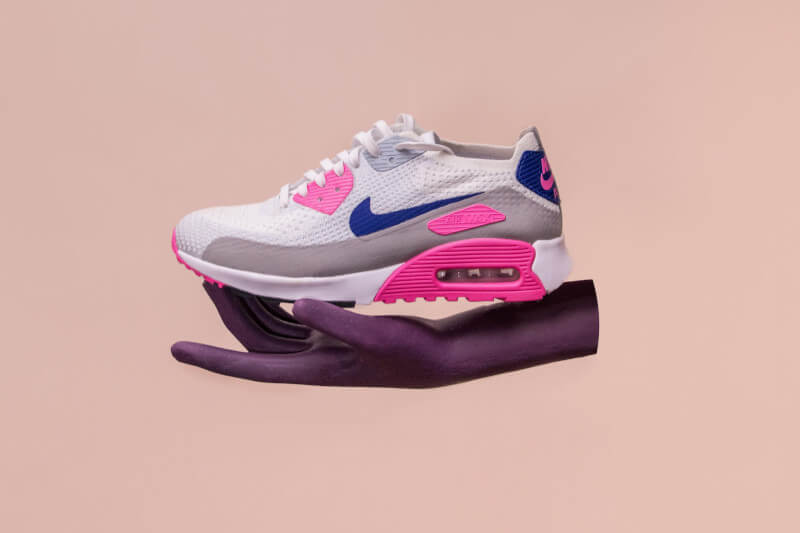
When fashion industry experts not only construct a collection but also consider ways that a company can be constructed and handled, they take into consideration a wide range of sustainable fashion trends. It is not just the current trends that must be addressed; rather, there are a few fundamental problems. Some of these include the following:
The Environmental Consequences of Obtaining Materials
This is about the environmental impact that occurs as a result of the extraction of raw materials. Even for naturally occurring fibers, such as cotton, the amount of resources required to extract the fiber makes it an unsustainable material. This is especially true if the farming of cotton is not carried out using methods that are kind to the environment.
Garments That Have Been Thrown Away Can Be Reused
It is time for businesses to stop considering the life expectancy of a product as a linear progression and start viewing it instead as a cyclical process that can be represented by a circle. Fashion companies have a responsibility to consider the various ways in which previously worn clothing can be repurposed and given a second (and even third) chance at life to cut down on wasteful overproduction and excessive disposal of previously worn clothing into landfills.
The Risk is Presented by Biochemical Reactions and Tanning of Materials
The production process often involves the use of chemicals, which can have unsettling effects on both the environment and human health. In this context, fashion companies have a responsibility to ensure that their products adhere to the highest possible safety requirements to protect the final consumer from any potential adverse effects on their health.
Labor and Practices Involving Human Resources
Numerous fashion companies may be tempted, to achieve economies of efficiency, to move production to countries around the world where wages are exceptionally low and where there are no union members that can protect the interests of workers. These regions include: This is a problem that needs to be addressed by holding fashion companies responsible for their complete supply chains to find a solution. Despite this, sustainable development is a very difficult problem to solve.
As a Consequence of This, How Do Businesses Deal With Having So Many Movable Parts?
The response to this question is not simple at all. What we can say is that companies are shifting their mentalities. Rather than viewing the design of a collection as a stage in the production process that has a beginning and an end, many companies now view design as an ongoing process through which companies can continually re-adjust their decisions regarding the aesthetics of their products as well as the management of their supply chains to better align themselves with market trends in terms of both style and the manufacturing and distribution procedures used to produce those styles.
The Final Thoughts
As was covered in this blog, a better understanding of design directions and influences can be achieved by dissecting a variety of various industry developments and analyzing how these can generate new directions and notions for designers to implement.
This content was developed to dispel several common misunderstandings about how a business can function, namely by showing consideration for the natural world and by illuminating the abundant opportunities for financial success that are open to all businesses that forge ahead as the trailblazers of this new era by embracing innovative new ideas and exploring the market for novel ways to interact with their clientele.

